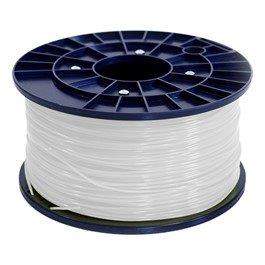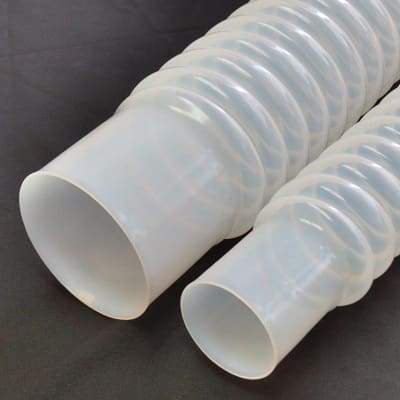Tubing systems are complicated mechanisms. Each industry and application requires certain types of piping set in a specific environment. You need to align several factors, so the processed substance efficiently flows through the network of hoses to its intended destination.

One of the most crucial components that ensures whether your system will function is the amount of pressure in the piping network. This is determined by the pump and valve settings you’re using. Utilizing weak pressure may result in the substance not being processed well, specifically in situations where the flow goes against gravity. But, at the same time, having too much may lead to some pipes bursting, breaking the entire flow.
For this reason, it’s essential to know what the ideal PSI or pound-force per square inch is for a potential tubing material. Before you buy from a PTFE tubing wholesaler, learn whether it’s appropriate for your network. Read on to learn how piping pressure specifications are determined.
Barlow’s Hoop Strength Formula
You can get an idea of the maximum force any tube structure can hold with Barlow’s hoop strength formula. Here is the basic format.
Pressure = 2 x Tensile Strength x Wall Thickness / Outside Diameter
This method can also be used for calculating burst pressure. Here, OD stands for outside diameter, while ID is for inside diameter.
Tensile Strength x 0.25 x (OD^2-ID^2) / ID^2 x 0.25 x (1 + OD^2 / ID^2)
With these formulas, you can estimate how much pressure any tubing can take in an ambient temperature of 77 degrees Fahrenheit. You just have to fill in the necessary data to complete your calculations. Tensile strength varies from one material to another. Here are a few common fluoropolymers you may consider for your system and their estimated tensile strength levels.

PTFE
Polytetrafluoroethylene is a plastic material with various potential applications. It’s hydrophobic, dense, and incredibly resistant to heat. It’s also famous for being flexible and having a surface with non-stick qualities, making it ideal for industrial use. Piping made from this polymer is also chemically inert, so it can handle different substances. An average PTFE manufacturer creates products with a tensile strength of around 2500 PSI.
FEP
Fluorinated ethylene propylene is commonly used for small diameter tubing, especially for systems that require extensive hose lengths. It has properties similar to PTFE but is resistant to high temperatures. This clear plastic is great for applications where flow monitoring is needed. The average tensile strength for this piping is at 3400 PSI.
ECTFE
Ethylene chlorotrifluoroethylene is a semi-crystalline partially fluorinated polymer suitable for handling corrosive substances. Pipes made from it can carry acids, solvents, and oxidizing agents at high temperatures and concentrations. The estimated tensile strength for this tubing is at 6960 PSI.
PEEK
Polyether ether ketone is a biocompatible, organic thermoplastic polymer. Tubing made of this material can handle excessive levels of pressure because it has extraordinary tensile strength, estimated at 13000 PSI. It has one of the greatest strength-to-weight ratios out of all fluoropolymers. Its incredible properties have made it a popular alternative to stainless steel pipes. It’s also used for various applications in the medical field.
With some simple calculations, you can easily figure out which piping is the most suitable for the pressure specifications of your system. It’s essential to get the right kind so your network will function at optimal capacity and remain in good shape. Call Tef – Cap Industries Inc., a PTFE distributor, for more advice on which tubing your company should use.
